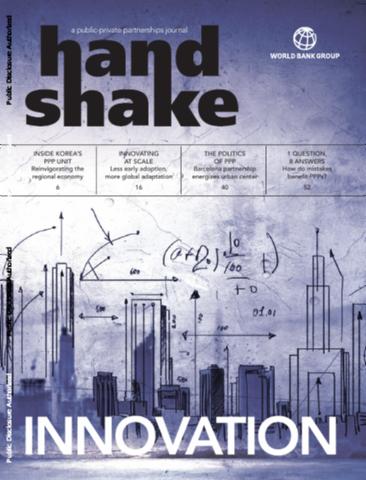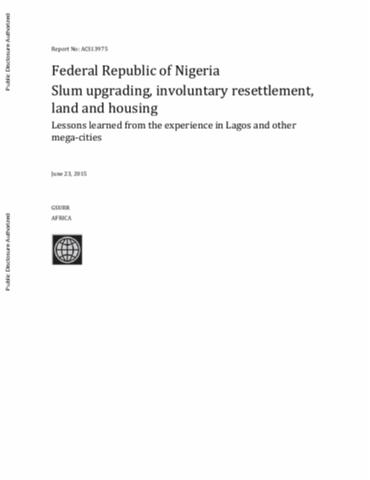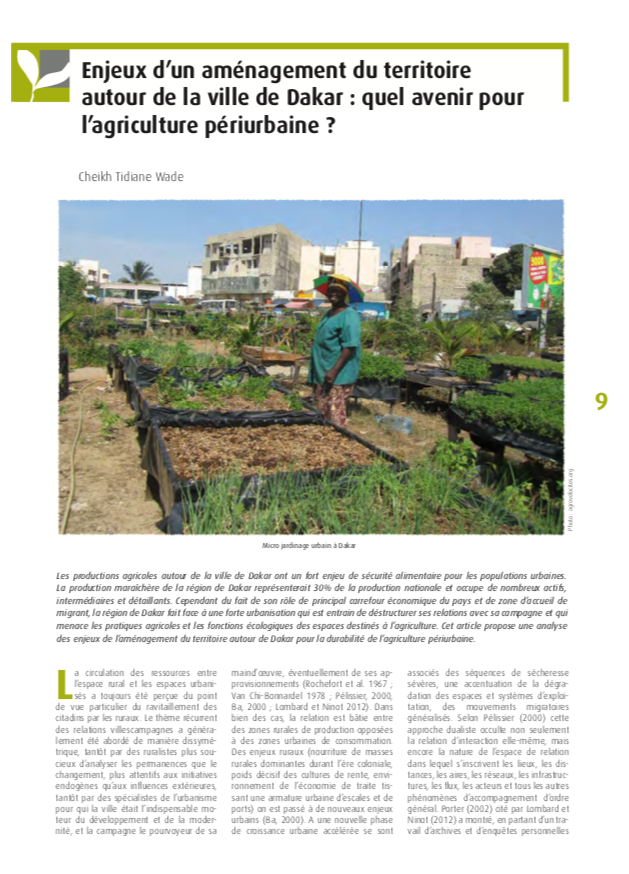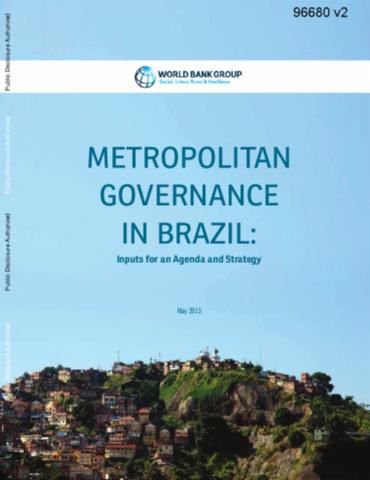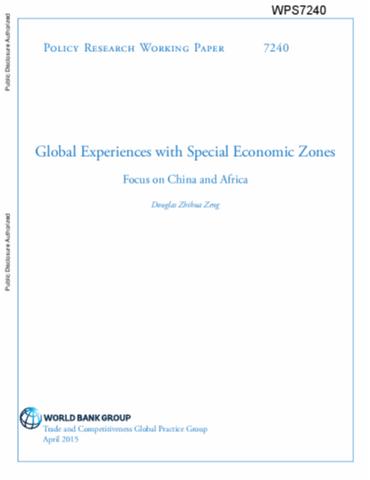Urban land, planning and governance systems in Nigeria
The narrative of rapid urbanisation in relation to inadequate planning, governance and management regimes in Nigeria is well-rehearsed. The combination of customary and colonial practices, outdated policies and plans and entrenched attitudes is typically regarded as a problem without clear or universal solutions. The aim of this report is to elucidate the urban land administration and planning debate in the country by examining the issues based on literature review and views of key urban sector stakeholders from six cities obtained through interviews.


